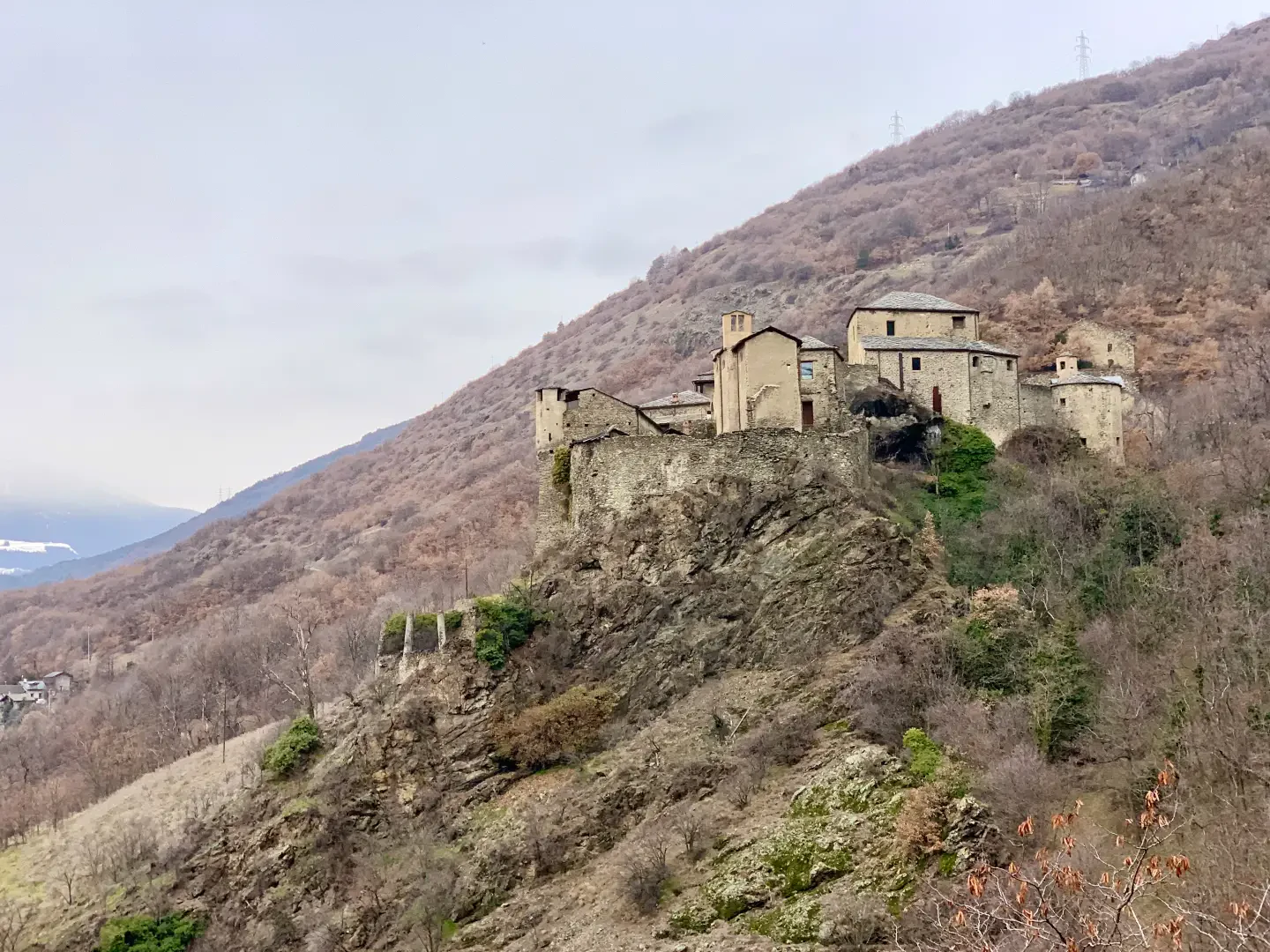Quart Castle

Introduction
The Château de Quart, also known as Château de Quart, is a historic fortress located in the municipality of Quart, in Valle d'Aosta, Italy. Strategically located at the entrance to the Valsainte, the castle dominates the important valley floor road, offering a panoramic view of the surrounding region. To reach it, one travels up a ramp along the southern flank, leading to the main gate and the first courtyard. From here, a spiral path winds up to the rocky summit, where the donjon, the original core of the complex, stands.
Description
Edified in 1185 by the De Porta Sancti Ursi family, who abandoned their residence at the Porta Praetoria of Aosta at the end of the 12th century, the castle became the jurisdictional centre of their vast fiefdom, extending south of Aosta and towards Valpelline. Subsequently, the family adopted the name De Quart from the locality. After the extinction of the lineage in 1377, with the death of Henry de Quart without male heirs, the fief passed under the direct control of the Savoys until the 16th century. After several changes of ownership, in 1951 the manor was acquired by the Regional Administration.
The castle is surrounded by a mighty wall, equipped with round watchtowers, and comprises a series of buildings housing reception and service rooms, dwellings, stables and barns. During the 14th century, the castle underwent a transformation from a military structure to a residential one, as evidenced by the fragments of frescoes found on the walls of the donjon, dating from that period. At the beginning of the 17th century, a chapel was built, enriched by Gabuti's exquisite stuccos, dated 1606.
The Quart Castle is currently being restored by the Regional Administration, with the aim of restoring it to its former glory and making it accessible to the public. Once the restoration work is complete, the castle will house the Valdostan Ethnographic Museum, offering visitors the opportunity to immerse themselves in the rich history and culture of the region.